|
Page 3 of 3

Sample Images
Click on an image to download the full-size variant.
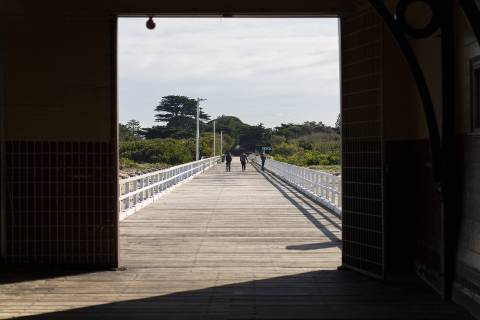 |
| Make | SONY |
| Model | ILCE-7RM2 |
| ISO Speed | 200 |
| Focal Length | 75.0mm |
| Aperture: | f/2.8 |
| Exposure | 1/3200s |
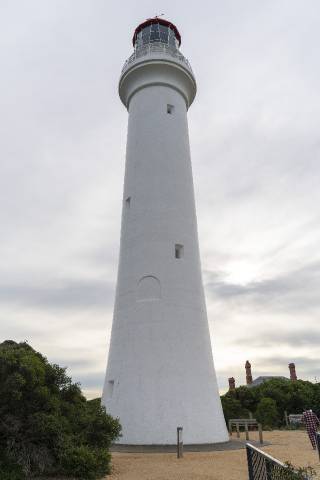 |
| Make | SONY |
| Model | ILCE-7RM2 |
| ISO Speed | 200 |
| Focal Length | 28.0mm |
| Aperture: | f/5.6 |
| Exposure | 1/1000s |
 |
| Make | SONY |
| Model | ILCE-7RM2 |
| ISO Speed | 640 |
| Focal Length | 75.0mm |
| Aperture: | f/9.0 |
| Exposure | 1/1250s |
 |
| Make | SONY |
| Model | ILCE-7RM2 |
| ISO Speed | 320 |
| Focal Length | 45.0mm |
| Aperture: | f/9.0 |
| Exposure | 1/1000s |
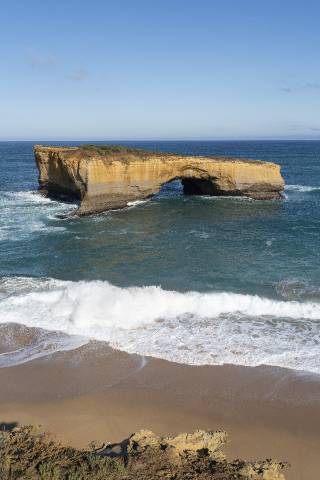 |
| Make | SONY |
| Model | ILCE-7RM2 |
| ISO Speed | 125 |
| Focal Length | 35.0mm |
| Aperture: | f/8.0 |
| Exposure | 1/500s |
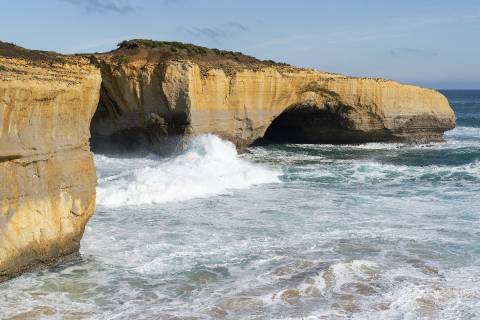 |
| Make | SONY |
| Model | ILCE-7RM2 |
| ISO Speed | 125 |
| Focal Length | 65.0mm |
| Aperture: | f/8.0 |
| Exposure | 1/640s |
 |
| Make | SONY |
| Model | ILCE-7RM2 |
| ISO Speed | 125 |
| Focal Length | 52.0mm |
| Aperture: | f/8.0 |
| Exposure | 1/125s |
 |
| Make | SONY |
| Model | ILCE-7RM2 |
| ISO Speed | 320 |
| Focal Length | 75.0mm |
| Aperture: | f/7.1 |
| Exposure | 1/640s |
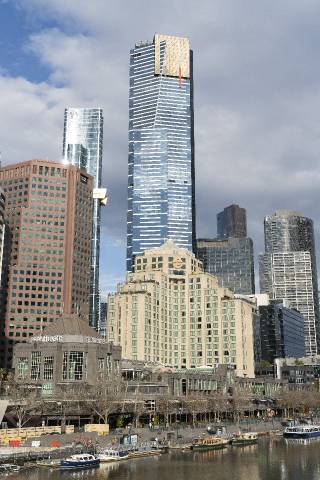 |
| Make | SONY |
| Model | ILCE-7RM2 |
| ISO Speed | 320 |
| Focal Length | 41.0mm |
| Aperture: | f/7.1 |
| Exposure | 1/1000s |
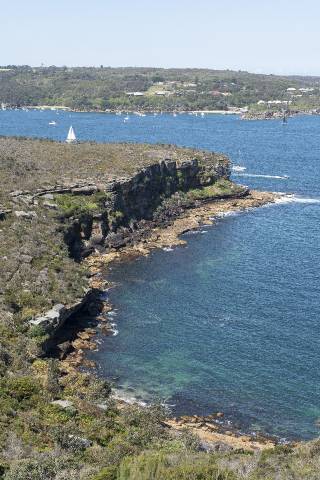 |
| Make | SONY |
| Model | ILCE-7RM2 |
| ISO Speed | 200 |
| Focal Length | 61.0mm |
| Aperture: | f/8.0 |
| Exposure | 1/320s |
 |
| Make | SONY |
| Model | ILCE-7RM2 |
| ISO Speed | 200 |
| Focal Length | 28.0mm |
| Aperture: | f/2.8 |
| Exposure | 1/60s |
 |
| Make | SONY |
| Model | ILCE-7RM2 |
| ISO Speed | 400 |
| Focal Length | 28.0mm |
| Aperture: | f/5.6 |
| Exposure | 1/60s |
 |
| Make | SONY |
| Model | ILCE-7RM2 |
| ISO Speed | 800 |
| Focal Length | 62.0mm |
| Aperture: | f/2.8 |
| Exposure | 1/80s |
 |
| Make | SONY |
| Model | ILCE-7RM2 |
| ISO Speed | 100 |
| Focal Length | 52.0mm |
| Aperture: | f/2.8 |
| Exposure | 1/250s |
 |
| Make | SONY |
| Model | ILCE-7RM2 |
| ISO Speed | 160 |
| Focal Length | 75.0mm |
| Aperture: | f/8.0 |
| Exposure | 1/80s |
 |
| Make | SONY |
| Model | ILCE-7RM2 |
| ISO Speed | 400 |
| Focal Length | 37.0mm |
| Aperture: | f/5.6 |
| Exposure | 1/200s |
Competition
Sony Alpha is the land of plenty. Not counting legacy and high-end lenses, there are 3 direct competitors for the Tamron 28-75mm f/2.8 Di III VXD G2 (shown to the left below). The most obvious one is the Sigma 28-70mm f/2.8 DG DN Contemporary (2nd left). We haven't tested this one yet, though. As you may spot, the Sigma lens has been optimized for size. You can probably expect that the Tamron lens can beat this Sigma in terms of optical quality. Sigma has a 2nd lens in this game - the Sigma 24-70mm f/2.8 DG DN Art (2nd right). Overall, the optical rating is fairly similar, albeit with priorities across the focal length range. The Tamron lens emphasizes quality on the wide end, whereas the Sigma is better at the long end. The Art lens does have better build quality, though. A new player is the Samyang AF 24-70mm f/2.8 FE (to the right), the biggest of the bunch here. We can't really comment on this one, but usually bigger is better. Samyang tends to struggle in terms of manufacturing quality, though. There is, of course, also the Sony FE 24-70mm f/2.8 GM II, but that's the much more expensive gold standard. If you don't need an f/2.8 aperture, it's also worth considering the Sony FE 24-105mm f/4 G OSS.
 Visual comparison courtesy of camerasize.com.
Visual comparison courtesy of camerasize.com.
Verdict
So did Tamron up its game in this lens class? Yes, they did. The Tamron 28-75mm f/2.8 Di III VXD G2 is substantially improved over its predecessor in all the critical categories. In terms of sharpness, it is especially impressive at 28mm, where it reaches prime lens levels. The center quality is outstanding at all relevant settings, and the outer image field is easily very good, even at f/2.8. The sharpness decreases slightly the more you zoom out from here. At 35mm and 50mm, the center quality remains excellent, whereas the outer image field decrease to good-very good levels. The 75mm takes a bit of a hit, though. The center quality remains high, but the borders/corners suffer a bit.
Interestingly, the improved overall sharpness was achieved by sacrificing image distortions which are quite a bit higher than on the old lens. Image auto-correction comes to the rescue, of course. That's also necessary for compensating for the very high vignetting, especially at 28mm f/2.8 and 75mm f/2.8. The CAs are also comparatively high for a modern lens. Coming back to more positive aspects, the bokeh is much smoother now. Not only compared to the G1 lens, but it's also better than most other lenses in this class. There is still a bit of bokeh fringing at f/2.8, although it's pretty moderate in the grand scheme of things. It's also obvious that the close-focus image quality has increased.
The build quality still follows a Tamron tradition - meaning the extensive use of plastics. This doesn't translate to bad quality. There's nothing wobbly even when zooming to 75mm and the new design language is quite attractive. However, if you prefer a lens carved from metal, you should look elsewhere. An obvious advantage of this design philosophy is the low(er) weight. Basic weather sealing is also provided. A big plus is the very fast AF from the new VXD linear motor. The option to update the firmware and customize features via USB is also commendable.
While the predecessor was already popular, the Tamron 28-75mm f/2.8 Di III VXD G2 finally deserves a high rank in the sales charts. The price tag of $900/EUR is almost a steal for an f/2.8 standard zoom lens, making it also the value king in this class.
Mechanical Quality:
★★★★★
What does this mean ?
|